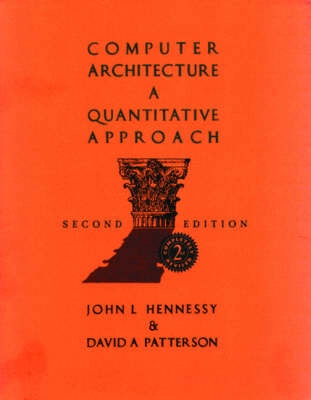"Once in a great while, a landmark computer-science book is published. Computer Architecture: A Quantitative Approach, Second Edition, is such a book. In an era of fluff computer books that are, quite properly, remaindered within weeks of publication, this book will stand the test of time, becoming lovingly dog-eared in the hands of anyone who designs computers or has concerns about the performance of computer programs. " - Robert Bernecky, Dr. Dobb's Journal , April 1998 Computer Architecture: A Quantitative Approach was the first book to focus on computer architecture as a modern science. Its publication in 1990 inspired a new approach to studying and understanding computer design. Now, the second edition explores the next generation of architectures and design techniques with view to the future. A basis for modern computer architecture As the authors explain in their preface to the Second Edition, computer architecture itself has undergone significant change since 1990. Concentrating on currently predominant and emerging commercial systems, the Hennessy and Patterson have prepared entirely new chapters covering additional advanced topics:* Advanced Pipelining: A new chapter emphasizes superscalar and multiple issues.* Networks: A new chapter examines in depth the design issues for small and large shared-memory multiprocessors.* Storage Systems: Expanded presentation includes coverage of I/O performance measures.* Memory: Expanded coverage of caches and memory-hierarchy design addresses contemporary design issues.* Examples and Exercises: Completely revised on current architectures such as MIPS R4000, Intel 80x86 and Pentium, PowerPC, and HP PA-RISC. Distinctive presentation This book continues the style of the first edition, with revised sections on Fallacies and Pitfalls, Putting It All Together and Historical Perspective, and contains entirely new sections on Crosscutting Issues. The focus on fundamental techniques for designing real machines and the attention to maximizing cost/performance are crucial to both students and working professionals. Anyone involved in building computers, from palmtops to supercomputers, will profit from the expertise offered by Hennessy and Patterson.
Åtkomstkoder och digitalt tilläggsmaterial garanteras inte med begagnade böcker





















